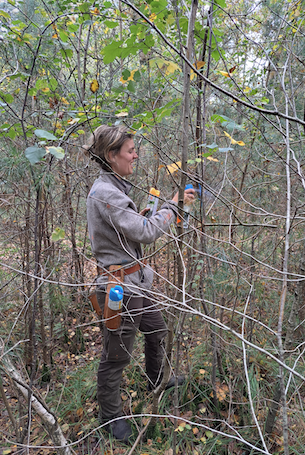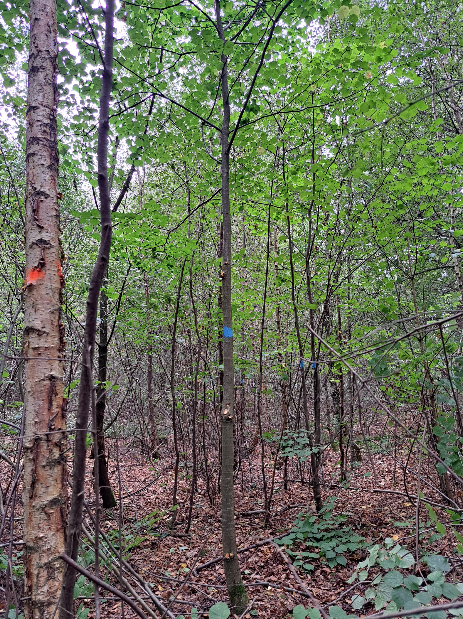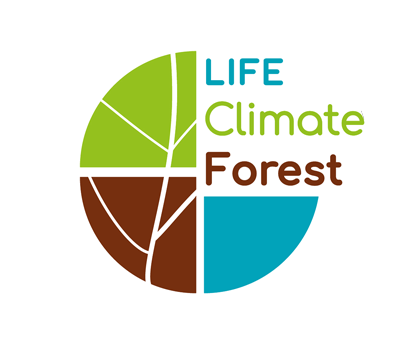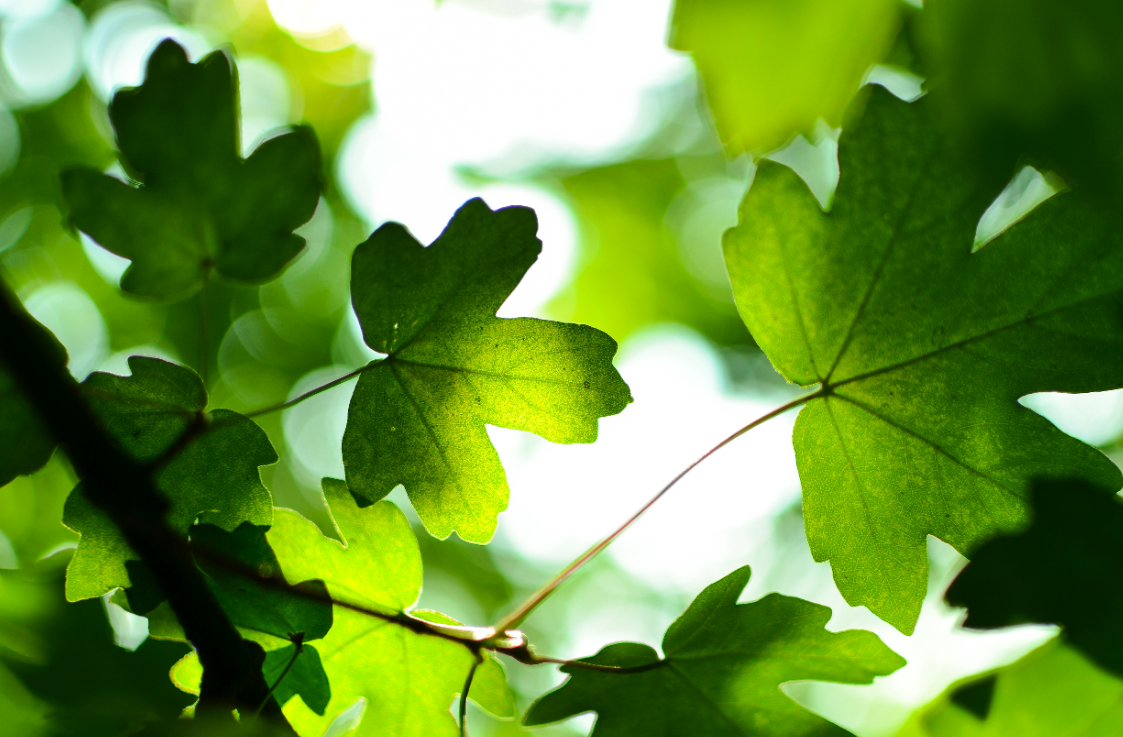Trentse bossen (municipality of Maashorst)
In this forest area, measures aimed at climate-smart forest management have been implemented for years. Therefore, this forest is a good example forest to look at the effects of these measures and to build on them with additional measures within the LIFE Climate Forest project.
- Owner: Municipality of Maashorst
- Administrator: Bosgroep Zuid Nederland
- Location: Municipality of Maashorst, near the villages of Uden, Zeeland and Odiliapeel
- Size: over 100 ha
- Soil: Predominantly dune low soil, partly field loam
Visiting this demonstration forest?
The forest is freely accessible to visitors. There are some parking spaces on the Trentsedijk.
Trent woodland
Trent forests are first- and second-generation forests on former shifting sands. The main tree species are Scots pine and Corsican pine. Tree-oriented forest management measures have been implemented in this area over the past 15 years. Thus, future trees and options have been designated and released, rejuvenation holes have been created and planting has been done with different tree species.


Measures
- The bostracken of around 20 hectares, in which:
- Present thinning paths searched and measured to avoid unnecessary soil compaction;
- A OAD-network was established by designating habitat trees;
- Vital and high-quality trees from the 2e tree layer have been selected;
- Locations for planting looked up and measured in;
- Existing plantings looked up and measured in;
- Flora and fauna elements measured in.
- Releasing all designated future trees and options.
- Creating space for new plantings by removing storage and ringing/felling trees.
- The release of all existing plantings.
- Planting various climate trees below screen.
Planting climate trees
Scattered throughout the Trent forests, groups of young trees are planted between and among mature trees. Especially drought- and heat-resistant deciduous tree species have been chosen. An advantage of deciduous tree species is that they have no evaporation in winter, allowing water to be stored in the soil. Moreover, deciduous tree species are generally less prone to natural disturbances.
- Alnus cordata (Heart-leaved alder)
- Fraxinus ornus (Pluimes)
- Ostrya carpinifolia (European hop beech)
- Quercus cerris (Moseik)
- Quercus frainetto (Hungarian oak)
- Quercus pubescens (Soft oak)
- Sorbus domestica (Pear-shaped rowan)
- Sorbus torminalis (Elsbes)
- Tilia tomentosa (Silver lime)



